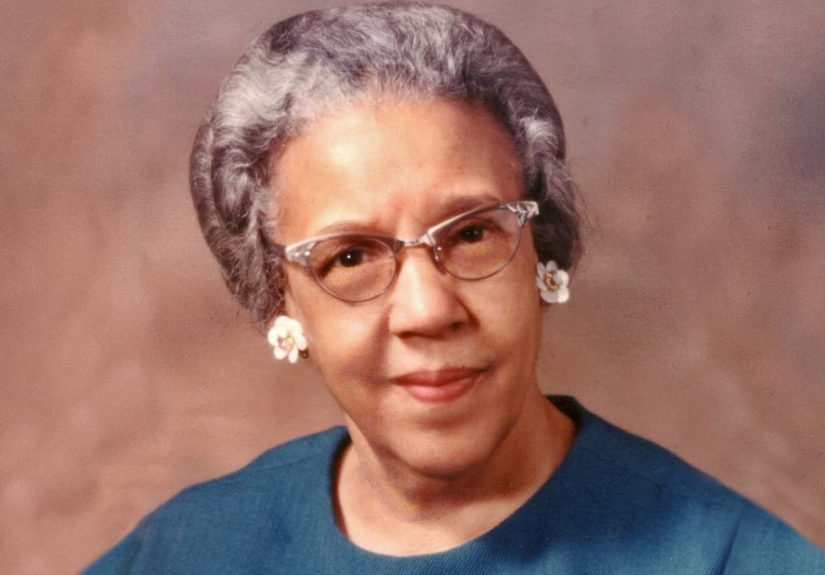As we’re leaving Black History Month and coming into Women’s History Month, it’s only fitting that we take some time to explore the story of Ruth Ella Moore who overcame the obstacles of both race and gender to pursue her interests and passions. She became the first African American to receive a Ph.D. in Microbiology and join the American Society for Microbiology (ASM), the first woman to become a head of any department at Howard University, and the first African American woman to earn a Ph.D. in natural science.
She was a dedicated teacher and author, and spent many hours of her life researching tuberculosis, immunology, dental caries, how the human gut biome responds to antibiotics, and the blood-types of African Americans.
She began her life in 1903 in Columbus, Ohio where she grew up with her parents and two older brothers. Her mother was a successful artist and seamstress. Dr. Moore herself had a passion and a profound talent for fashion design all throughout her life. She designed sleek and modern, yet elegantly feminine pieces. In fact, she designed most of her own wardrobe that she wore from day to day and some of her pieces are on display at Ohio State University.

Dr. Moore faced racism and misogyny throughout her career. At the time she started her college education journey, Ohio State University, was one of the only colleges that accepted African Americans as students during a time when colleges were segregated and there were colleges for people of color. Later, Jim Crow laws made it difficult for her to attend ASM meetings because she would have to stay in separate hotels than all the other members because she was the only black member.
Related article: 5 Women from Dayton’s History Who Made a Lasting Impact: Celebrating Women’s History Month
She paved the way for many women to pursue high academic goals and publish reputable works. Her dissertation in 1933 was on the bacterium that causes Tuberculosis, which was the second leading cause of death during that time. Though the cure for Tuberculosis was found about a decade later, she made substantial contributions to the eradication of the disease.
She was the first woman to become the head of the Department of Microbiology (which she renamed to give it that name), while she taught at Howard University. Her dedication and care made her an impactful inspiration on her students. While she was a professor at Howard University, her students nominated her for the Teacher of The Year award, which she won in 1952. Even today, she is an inspiration in pursuing your interests and making the most of every opportunity.
Heaven Diastello
Staff reporter


